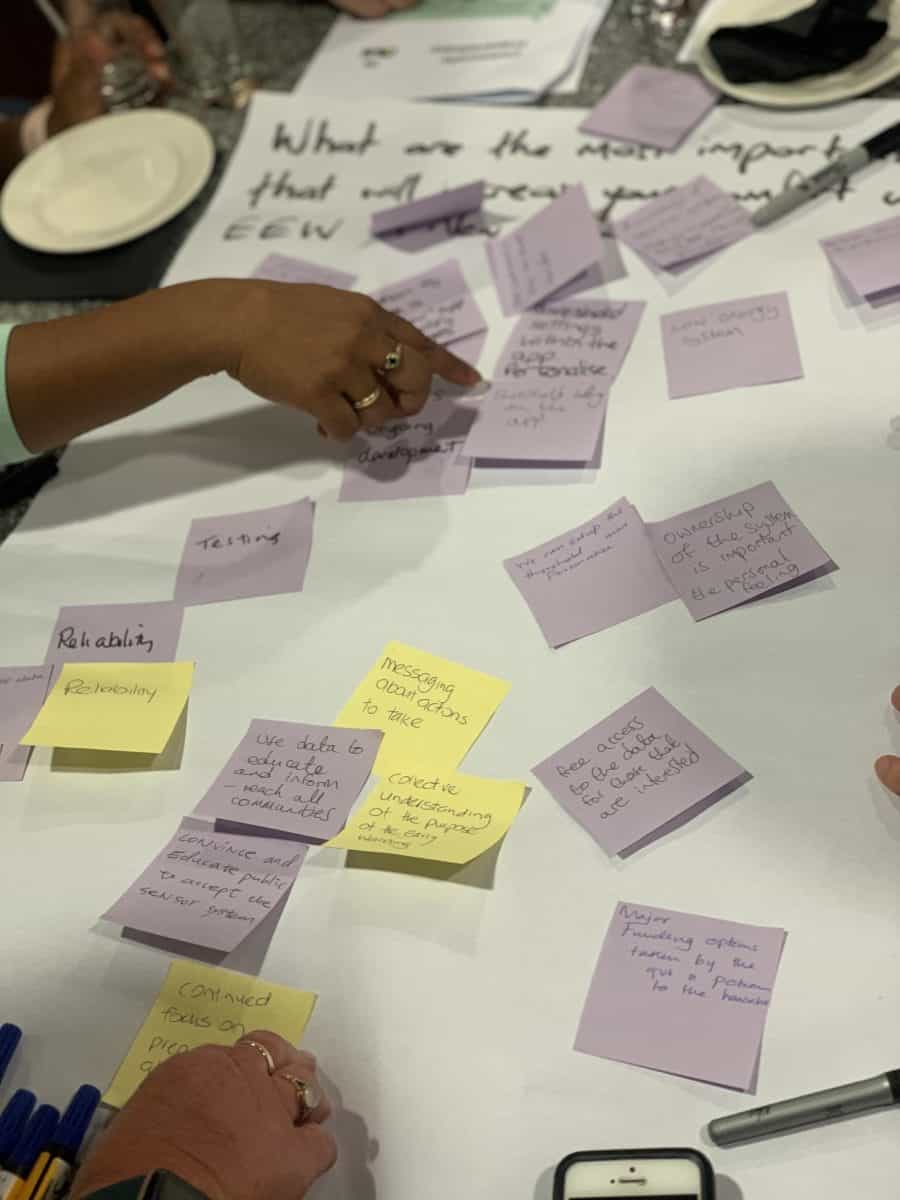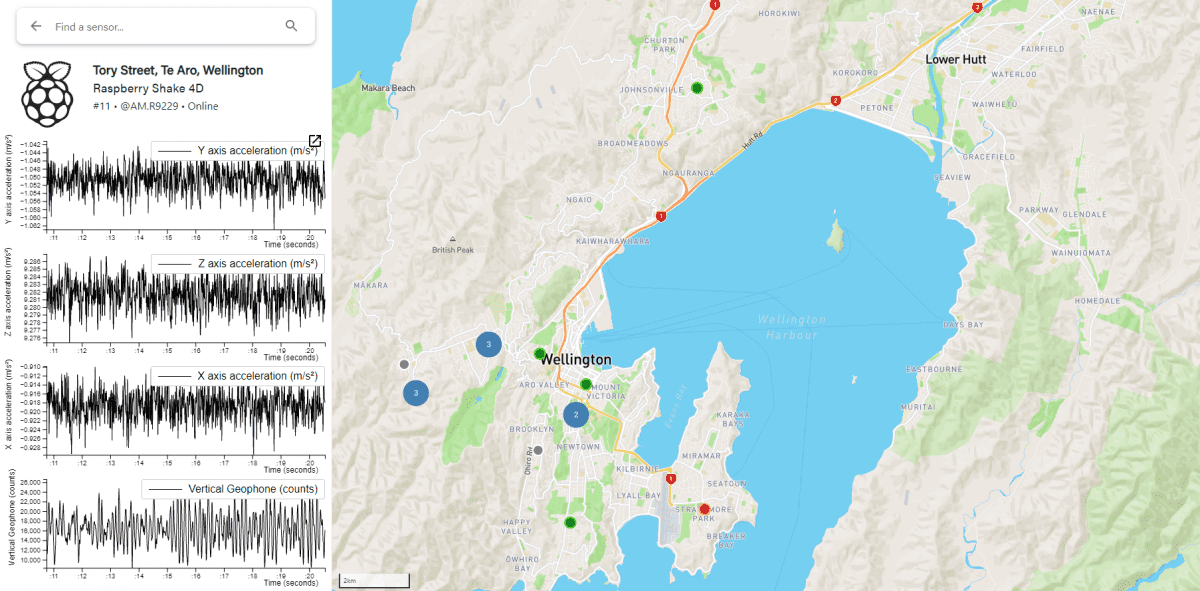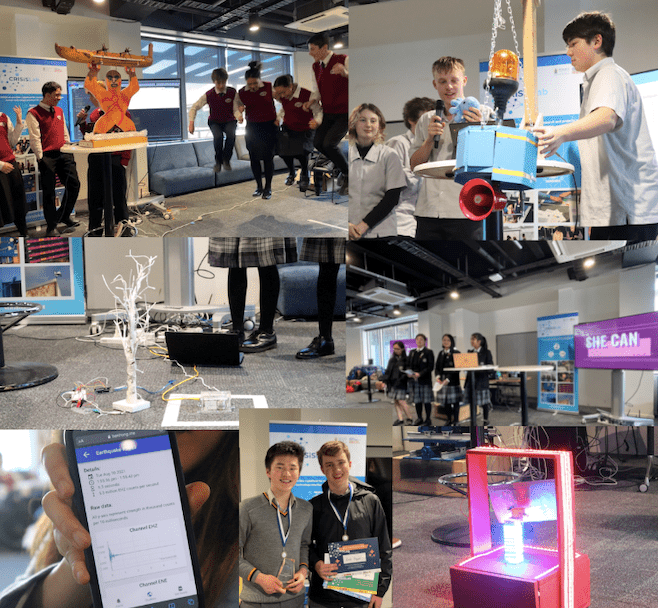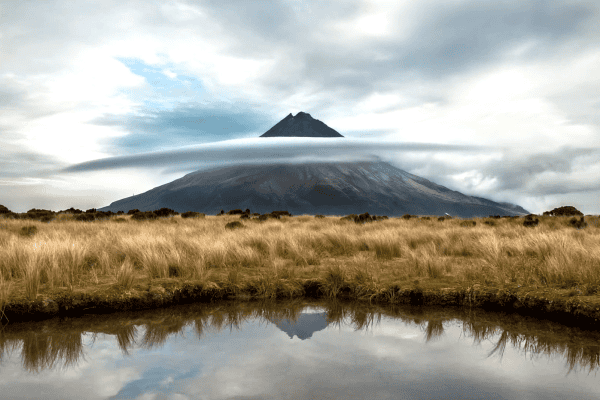By Alicia Cui, CRISiSLab Head of Engagement and Marketing and Resilience Challenge Urban Theme Networking Lead
You may have attended one of our CRISiSLab webinars or heard about one of our projects looking into the feasibility study of an Earthquake Early Warning (EEW) System in Aotearoa New Zealand. Yes, our CRISiSLab team has been doing exciting and valuable work in the human-technology area of disaster management, and we are proud to showcase some of our great work.
CRISiSLab (Crisis Response and Integrated Simulation Science Laboratory) was established in 2019 within the Joint Centre for Disaster Research at Massey University. Led by Dr Raj Prasanna, the lab focuses on researching the use of advances in technology to solve social issues, especially how technology can support disaster management. Our researchers have conducted socio-technical research at the human-technology interface, such as:
- Usability of Disaster Apps – a project to understand app usability from the perspectives of the public
- Knowledge-Centred Decision Support System – a project that modelled critical infrastructure interdependencies
- Traffic Flow Estimation – an Artificial Intelligence based Emergency Traffic Management project using CCTV images
- Air Quality Monitoring Network – a community-based air quality monitoring project using PurpleAir sensors
- Crowdsourcing Data from Severe Weather Events – a project that looked into impact-based forecasts and warnings in New Zealand

The CRISiSLab team’s current flagship project is investigating EEW from social and technical perspectives. Led by Dr Marion Tan, the project started by focusing on the social aspects and end-user needs. Eight workshops have been conducted to engage with diverse communities across New Zealand, to gain feedback about a potential EEW system. Through the workshops 114 participants from different backgrounds have openly shared their expectations and concerns about such a system. Insights from the workshop participants have since been shared through a CRISiSLab webinar and report. The team is just about to publish a new paper in Frontiers in Communication, that reviews 70 journal articles highlighting the social perspectives of EEW worldwide.
On CRISiSLab’s technical front, RNC-funded PhD student Chanthujan Chandrakumar is working on developing a multi-sensor network for a community-based EEW system. This experimental network includes sensors hosted by invited members of the public. We are currently using a small, portable, advanced ground motion detecting sensor called “Raspberry Shake” as part of our sensor network. So far, more than 30 Raspberry Shakes have been hosted in volunteers’ homes throughout the North Island, with a few sensors in the remote Chatham Islands to encourage STEM education in addition to our EEW work!
We recently published a technical paper sharing ground-breaking findings about a new decentralised architecture for EEW, and this was presented at the June 2022 CRISiSLab Webinar.
Besides research, we also have ongoing engagements with schools on resilience education. Created and launched in 2021, CRISiSLab Challenge is an integrated science and technology approach to engage with high school-level students in the Wellington region. The Challenge uses Raspberry Shakes with simulated earthquake data and tasks the students to design their own alerting devices to deliver effective warnings to people. Led by Marion Tan, the CRISiSLab team work closely together to design the challenge and actively communicate with teachers and students. The students are expected to use their coding skills to utilise the data from the sensors, showcase their creativity to design alerting devices, and communicate their work through demonstrations and presentations. Through the Challenge, our young scientists are encouraged to experience the fields of technology and disaster management through hands-on experience and also to learn how to communicate science in relevant and exciting ways! Moreover, they learn how technology allows us to observe and measure our surroundings, how science helps us understand the world better, and how science and technology have practical applications for our everyday lives.

The Challenge winners from last year got the opportunity to complete a month-long internship with CRISiSLab, working as Research Assistants and contributing to the development of an experimental peer-to-peer sensor network, which we will proudly present in the near future.
Following the inaugural success of the CRISiSLab Challenge last year, the CRISiSLab Challenge 2022 was launched on 16 May, and is still in progress. Eleven schools in the Wellington region joined this year, with seven making it to the final demonstration round. We can’t wait to see their amazing work on the 14th of September, where they will bring their skills and creative alerting devices to Massey University, Wellington.
To quote one of last year’s winners, Ben Hong:
“I had great fun last year, and I feel like this competition is something really special because it’s so real – it’s not like an internal where you make a tiny game or other competitions where you have to write some sort of algorithm, you’re going to make something that’s actually practical, trying to solve a real problem, that you can be proud to show off. On top of this, I’d say the prize is really worth it. The people at CRISiSLab are doing some really cool stuff!”
For more about CRISiSLab visit our website: CRISiSLab – Crisis Response and Integrated Simulation Science Laboratory.




